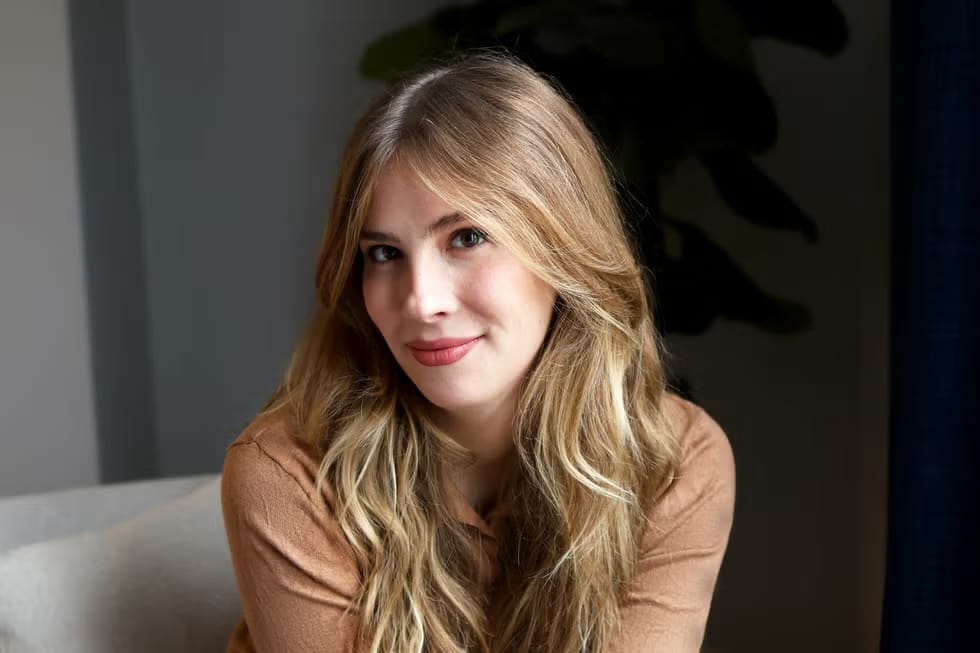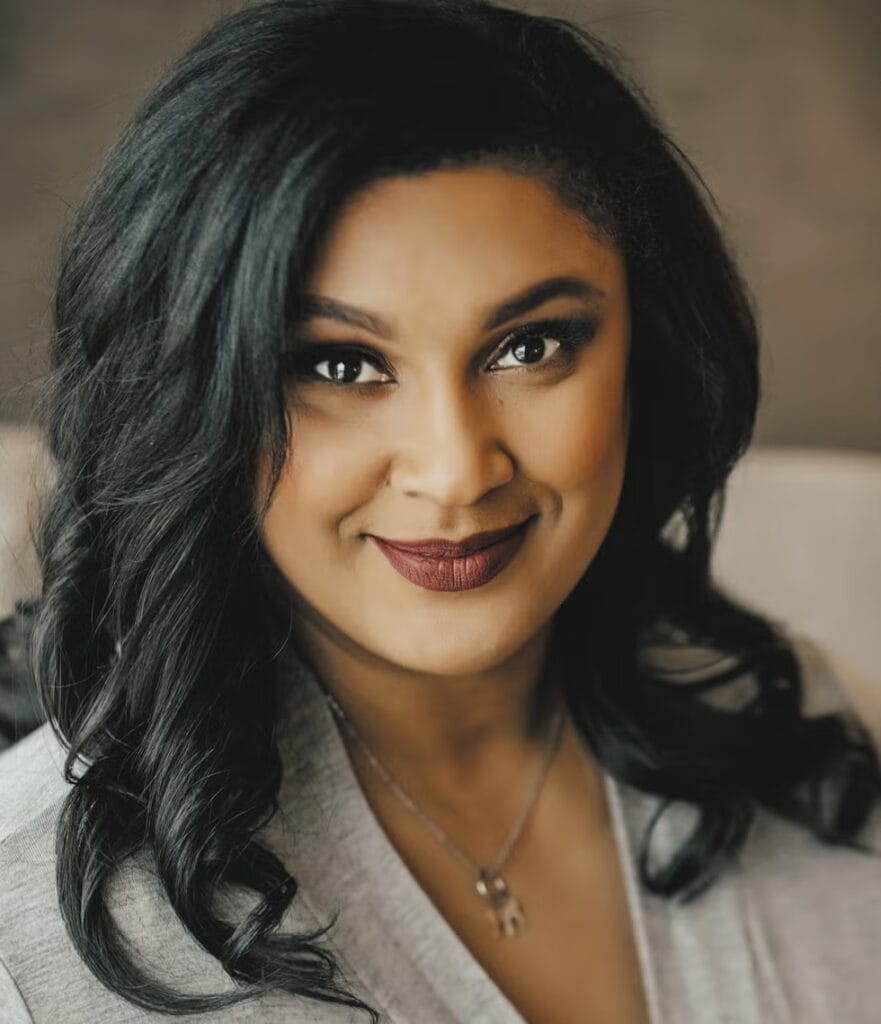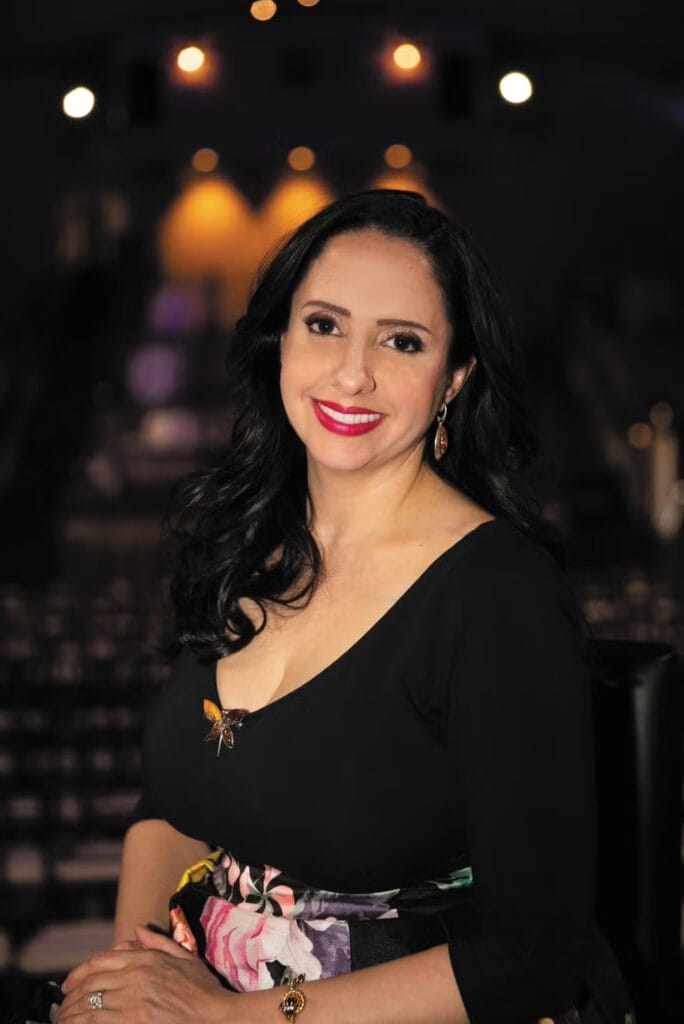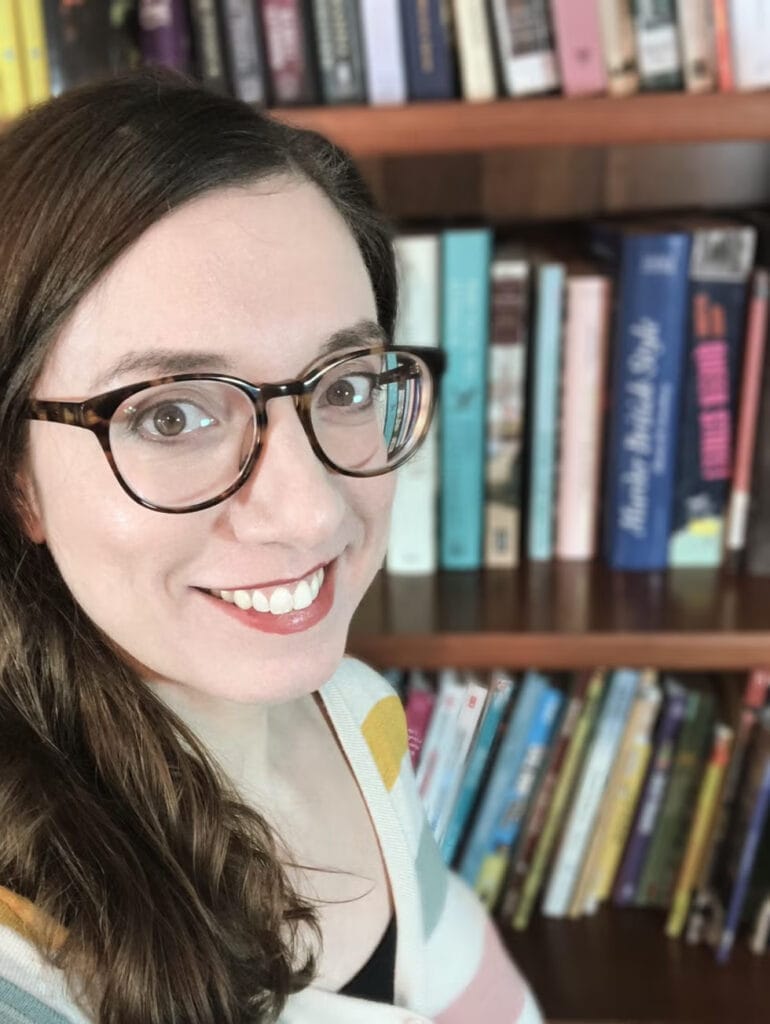Words by Izzy Grinspan
Emily Henry, Kennedy Ryan, Abby Jimenez, Nalini Singh, and Cat Sebastian know how to get audiences all hot and bothered
In 2016, there was exactly one bookstore in America dedicated to romance novels. Now, there are more than 20 across the country, and romance authors like Colleen Hoover, Rebecca Yarros, and Sarah J. Maas dominate the bestseller list.
In a publishing landscape that’s been increasingly disrupted and consolidated, romance novels are a beacon, driving the highest sales of any genre of fiction. A recent New York Times article attributed the growth in part to the pandemic and partly to BookTok, noting that, according to Circana Bookscan, romance-novel sales had grown from 18 million print copies in 2020 to more than 39 million in 2023—and that’s not counting the many, many fans who download the books to e-readers.
“It’s funny—a lot of the things that people love about romance novels, and the things that make them stand apart, are the very reasons they’ve been stigmatized for so long,” says Claire Mazur, who recently launched 831 Stories, an romance fiction company, with her best friend and business partner, Erica Cerulo.
“Romance novels are joyful, escapist, immersive, and they always have a happy ending,” adds Mazur. “They are meant to be pleasurable—an aspect that has somehow become a critique against them, which is nuts because why does something have to be challenging or difficult or sad to be considered good art?”
After decades of being dismissed as unserious, the genre is finally being recognized—both as an economic powerhouse for publishers and a point of connection for the people who love it. Mazur compares the fandom to comic-book audiences or Swifties, calling it a “massive, engaged, and enthusiastic community of readers.” In 2024, these fans broke through to the mainstream, driving the cultural conversation everywhere from Barnes & Noble to celebrity gossip sites and social media, where Blake Lively’s press tour for the film adaptation of Colleen Hoover’s It Ends With Us inspired endless commentary this summer.
Below, five of our favorite romance novelists explain what they love about the genre—and how they keep driving their fans wild, book after book after book.
Emily Henry

courtesy Penguin Random House
For me, the secret to writing a romance novel is the same as writing any other great novel: characters who feel real. Which means they’re imperfect, with trauma and hopes and dreams—and reasons behind all of those things. We want to see people who are flawed but still worthy and capable of love, because it reminds us that our flaws don’t make us unworthy or incapable of love.
I cheated myself out of a lot of years of reading romance by not understanding that it’s for everyone. Love is such a human desire. It transcends age, gender, race, nationality, religion. Most of us long to be wholly seen and deeply loved, and so it just makes sense we would also enjoy watching characters muddle through the joy and heartache that comes with falling in love.
Kennedy Ryan

perrywinkle photography
Every romance novel needs something that makes readers feel deeply, a storyline that keeps them engaged and thinking, and chemistry between as many characters as possible. I’m really intentional about people who may not typically see themselves in books finding a place in my characters—Black, brown, queer, fat, disabled, neurodivergent, amputees, chronically ill, etc. I often talk about writing Black romance, and romance centering women of color, as an act of resistance, because seeing our joy, and seeing us loved outrageously and esteemed as beautiful, defies what culture often communicates—explicitly or subliminally—that we deserve.
[I think what people love about this genre is] the guarantee of hope at the end, which is so hard to process sometimes in a world that seems to be decaying and getting harder to negotiate. Women especially are seeking depictions of themselves with agency—over our bodies and work and sexuality—when the real world is trying to strip us of those things or make us feel guilty for wanting them.
Abby Jimenez

Ryan LaPlante
Chemistry and conflict. The writer has to make us believe these two people are perfect for each other and then also make us believe it’ll never work. The best romances do both and then wrap it up with a satisfying ending. Also, witty banter is key. It helps us to get to know the characters and makes us want to keep turning the pages.
Love is a universal experience. You find it in every corner of the world. My books combine this very relatable feeling with real-life challenges, and I think it helps people connect with my characters on a whole new level.
I’ve been reading romance since the ’90s, and it’s been a joy to see the genre evolve past the old-fashioned bodice rippers and into the mainstream. I think the stigma that used to come with romance reading is finally starting to wane.
Nalini Singh

Shay Barratt
Hope is an integral component of a romance novel. The much-maligned happily-ever-after endings are about hope—about believing that no matter how bad things get, there will be a happy ending. I feel like romance novels first began to surge in popularity during the pandemic—and that makes sense if you look at it through the lens of hope, because it’s when the world is darkest that we need hope the most.
I’m fascinated by the expansion of romance into so many different niches, some of them tiny but with a fiercely loyal audience. Which means writers can make a living writing in those categories where previously that would have been extremely difficult.
Cat Sebastian

Cat Sebastian
One of my favorite things about this genre is the huge amount of variety—you read a romantasy with totally different expectations than you do a romcom. But no matter what, the reader knows the characters are getting a happy ending, so you need to get them super invested in how they get there.
I’m writing for readers who want stories about characters finding a place in a messy world. I always say I write soft landings for characters who aren’t used to getting them.




